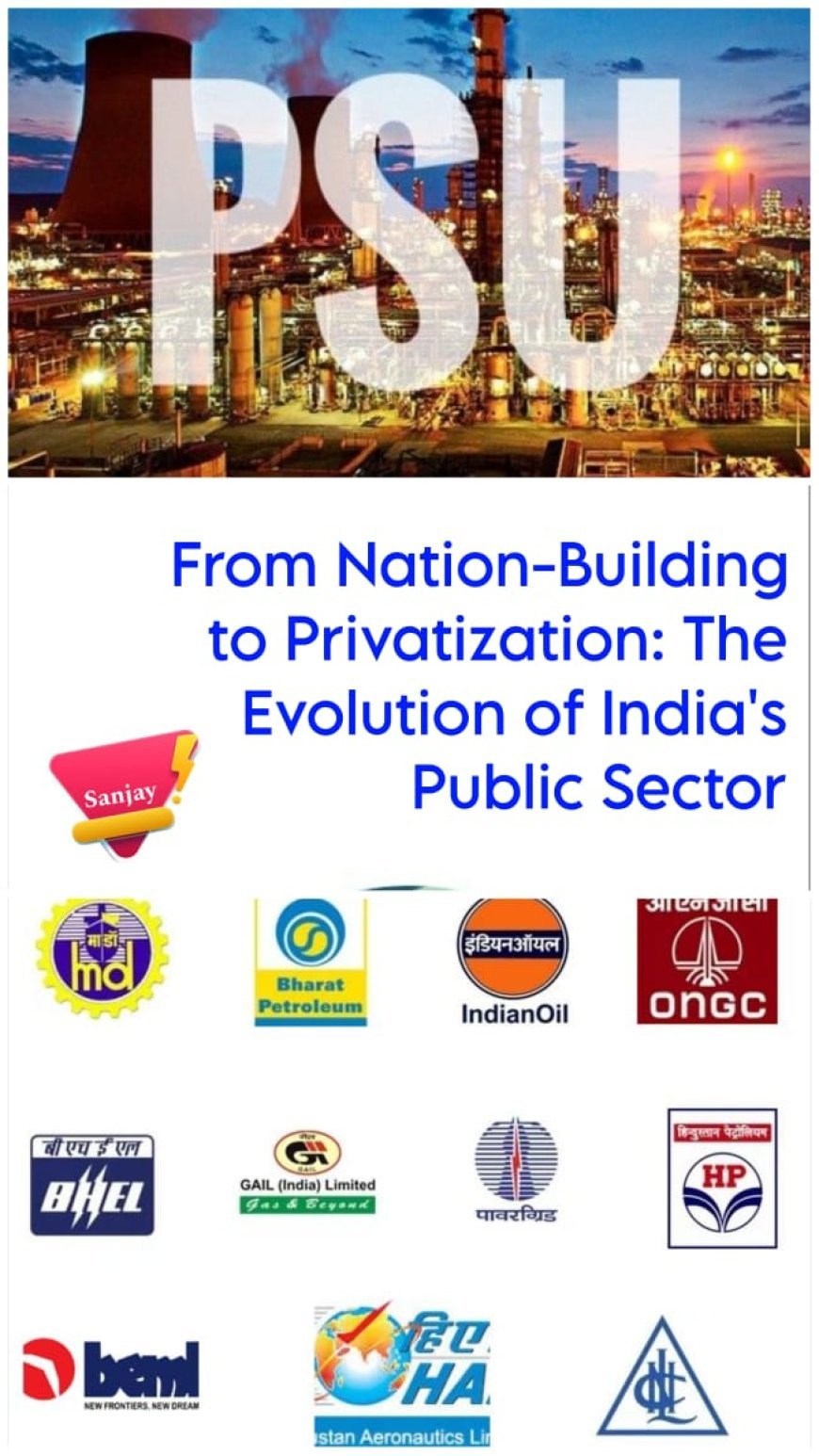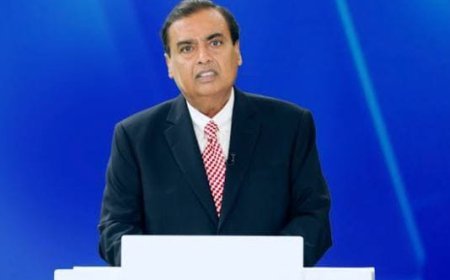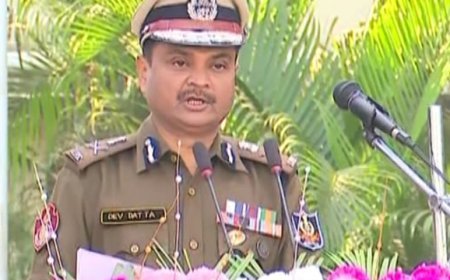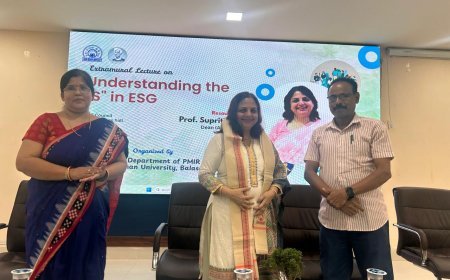From Nation-Building to Privatization: The Evolution of India's Public Sector

India's journey with Public Sector Undertakings (PSUs) reflects its broader economic and political transformations. From the post-independence era's emphasis on state-led development to the recent focus on privatization, each phase has left a distinct imprint on the nation's economic landscape.
The Foundational Years: Building the Public Sector
Jawaharlal Nehru (1947–1964): As India's first Prime Minister, Nehru championed a mixed economy, establishing approximately 33 PSUs. His vision prioritized heavy industries, infrastructure, and energy, leading to the creation of giants like BHEL, SAIL, and ONGC.
Indira Gandhi (1966–1977, 1980–1984): Continuing the expansion, Indira Gandhi's tenure saw the establishment of around 66 PSUs. Her policies included the nationalization of banks and a focus on self-reliance, further solidifying the public sector's role in the economy.
Rajiv Gandhi (1984–1989): While not as prolific in PSU creation, Rajiv Gandhi emphasized modernization and technological advancement, especially in telecommunications, setting the stage for future reforms.
The Liberalization Era: Shifting Gears
V.P. Singh, Chandra Shekhar, and P.V. Narasimha Rao (1989–1996): This period marked a significant shift with the onset of economic liberalization in 1991 under Rao's leadership. While around 20 PSUs were established collectively during this time, the focus began to shift towards reducing the state's role in business.
Atal Bihari Vajpayee (1998–2004): Vajpayee's government initiated strategic disinvestment, privatizing entities like BALCO and VSNL. Approximately 17 PSUs were created, with an emphasis on infrastructure and defense.
Manmohan Singh (2004–2014): Continuing the reform trajectory, Singh's tenure saw the establishment of 23 PSUs, balancing strategic creation with ongoing liberalization efforts.
The Modi Era: Embracing Privatization
Narendra Modi (2014–Present): Marking a departure from previous approaches, the Modi government has not established major new PSUs. Instead, the focus has been on strategic disinvestment and privatization, aligning with the "Minimum Government, Maximum Governance" philosophy.
Key Privatization Initiatives:
Air India: After years of losses, Air India was successfully privatized in 2021, with the Tata Group acquiring the airline for ₹18,000 crore.
Bharat Petroleum Corporation Limited (BPCL): The government approved the strategic disinvestment of its 53.29% stake in BPCL, excluding its stake in the Numaligarh Refinery. However, the sale faced challenges due to lukewarm investor interest and other hurdles.
Life Insurance Corporation (LIC) IPO: In a landmark move, the government initiated the process for LIC's IPO, aiming to reduce its stake and raise capital.
Despite these efforts, the privatization drive has encountered obstacles, including employee union resistance, legal challenges, and limited investor interest. As a result, some planned disinvestments, like those of BPCL and Shipping Corporation of India, have been put on hold.
Reflecting on the Journey
India's public sector has been instrumental in its economic development, especially in the post-independence era. While the shift towards privatization aims to enhance efficiency and reduce fiscal burdens, it's essential to acknowledge the foundational role PSUs have played. The narrative that "nothing was done in 70 years" overlooks the significant contributions of earlier governments in building a robust public sector.
As India continues to balance state involvement with market-driven approaches, understanding this historical context is crucial for informed policy-making and public discourse.
Sanjay Pattnayak
Sundargarh









































